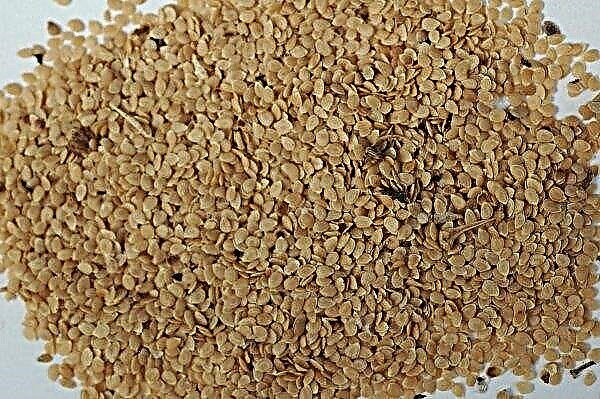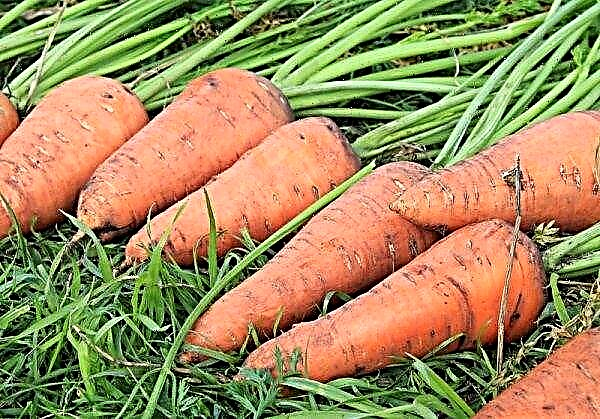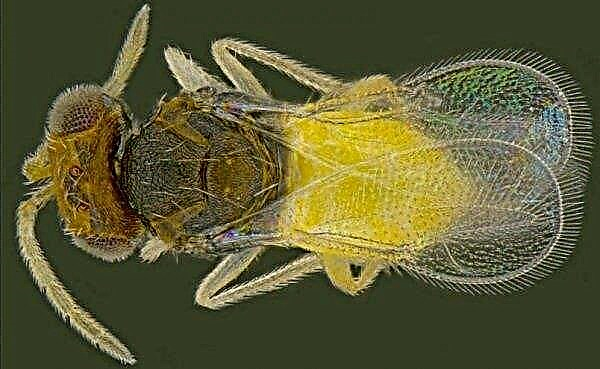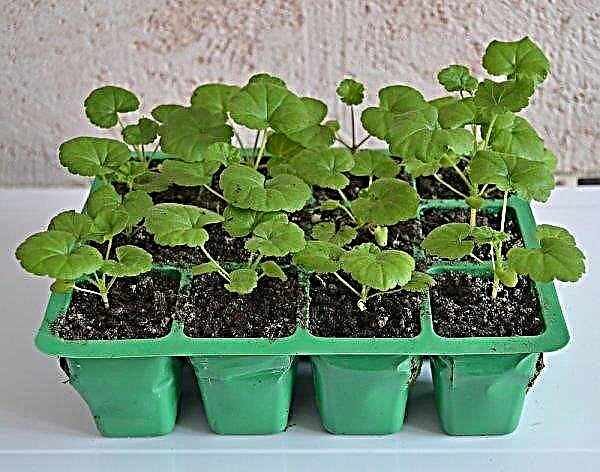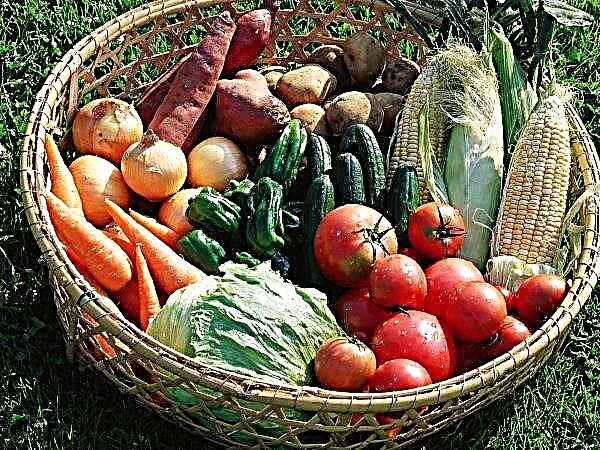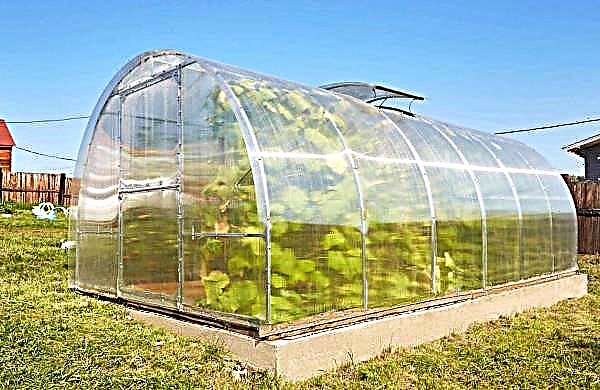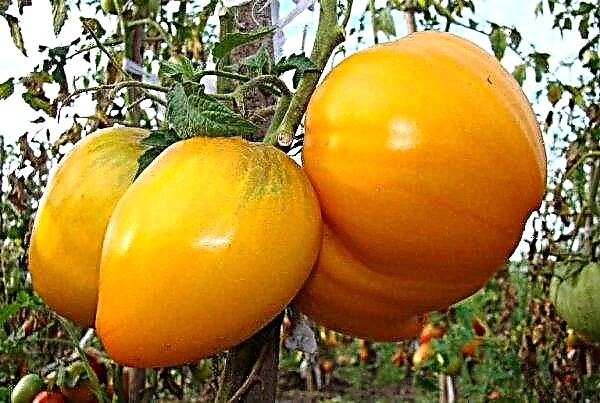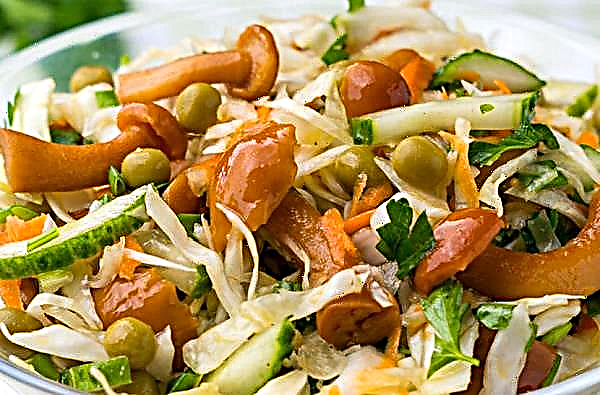Many farmers who grow spring barley prefer to choose high-yielding varieties that produce grain with high commercial characteristics. A variety of such plants is the variety Vakula. It is unpretentious to climate conditions and is easy to care for, and the resulting crop can be used for various purposes. The botanical description of Vakul barley, its main advantages and disadvantages, the rules for sowing seeds and recommendations for caring for the crop are described further in the article.
Botanical Description
Vakula barley is a relatively new variety. It was obtained at the beginning of the XXI century at the National Center for Seed and Variety Studies in Odessa (Ukraine). Already in 2007, this kind of culture was introduced into the State Register of the Russian Federation.
Botanical grade description:
- The bush is erect, up to 80 cm high. It consists of 10-12 stems of medium length.
- Leaf plates are green, without anthocyanin color and pubescence. At the base of the lower leaves there is a visible waxy coating.
- The ears are loose, have a rectangular-rhombic shape, and their length is 7–9 cm. There is no wax coating.
- Grains are loose, in 6 rows. The awns are yellow, slightly serrated, easily removed during threshing. Their length is 14–18 cm.
- The unripe spike has a greenish tint, and after reaching the stage of ripeness, it turns bright yellow.
- The mass of 1,000 seeds is about 45–50 g. The length of large grains is 1.4 cm, and they are in lodicles — thin film scales without pubescence.
- The seed has an oval shape and a flat surface, painted in light yellow. Abdominal furrow pubescent.
Did you know? Barley was cultivated more than 10 thousand years ago during the Neolithic revolution in the Middle East.
Characteristics
Farmers with experience in growing Vakul barley, note the high yield of the crop and its ability to quickly adapt to the climatic conditions of a particular region. For this reason, the variety has received many positive reviews and continues to gain increasing popularity in the market.
Brief description of Vakul barley:
- mid-season variety - the duration of the growing season is 70–85 days;
- grain - contains about 13% protein, therefore it is used mainly as animal feed, as well as for beer production;
- plants - resistant to drought and lodging;
- seeds - have high germination, germinating at air temperature + 1 ... + 15 ° C;
- the variety has good immunity to fungal and viral infections;
- with proper care, it is possible to get a generous grain harvest in regions with different climate conditions.
Video: Vakula Barley
Seeding rate
Barley Vakula has a tendency to increased bushiness. With enough nutrients in the soil, up to 18 stems can form on one plant. This allows you to get a generous grain yield even with a small sowing rate of about 180-200 kg / ha.
Important! To maintain such high productivity, it is necessary to use high-quality planting material that has been specially adapted to the climate in a particular area.
Productivity
Productivity of the Vakula variety is from 50 to 95 c / ha. This indicator remains stable during the cultivation of barley in various regions and may even increase if the seeds are sown in fertile soil. But young shoots are affected by drought and can die if there is not enough moisture in the soil, so you need to choose the right time for planting the crop.
Sowing time depends on climate:
- in the south, barley is sown in mid-March;
- in areas with a moderate type of climate, landing is performed in April;
- in the northern regions, seeds are planted in soil only in May.
Important! If the farmer allowed a delay in the sowing time of barley, then the crop yield can significantly decrease.
Growing regions
One of the advantages of Vakul barley is its high ability to grow in areas with different climatic conditions. The variety is undemanding to the amount of rainfall and in the presence of regular top dressing can grow on almost any type of soil.
Barley is cultivated in the following regions:
- the whole territory of Ukraine;
- The Middle Volga, Central Black Earth and North Caucasus regions of Russia.

Sowing technology
The seeds of Vakul barley have a good germination, but to get a high yield you need to be able to choose the right site and properly plant the planting material in the ground. The culture is recommended to be grown in areas with fertile soil with an acidity level of pH 5.6–5.8.
Important! Barley should not be grown on a site that has previously been planted with legumes. Repeated planting of the plant in the same place is possible only after 3 years.
The best predecessors for barley are:
- potatoes;
- corn;
- beet;
- perennial herbs;
- flax flax;
- siderates.

Before sowing, it is necessary to prepare the planting material and soil on the site. This process consists of the following steps:
- In autumn, after harvesting the predecessors, stubble cultivation is carried out with disc harrows.
- Plow plowing is carried out with the addition of 20–25 kg / ha of potash and 5 kg / ha of phosphorus fertilizers.
- In winter, they monitor the presence of snow cover at a selected location. This prevents freezing of the soil and provides sufficient soil moisture.
- 2-3 months before planting, planting material is selected: the seeds should be large, without signs of disease and pest damage.
- Grains intended for embedding in the soil are etched in a 50% “Fundazol” solution. This helps reduce the risk of disease.
- Before planting, cultivation and harrowing of the soil are carried out, adding 25-30 kg / ha of nitrogen and 5-7 kg / ha of phosphorus fertilizers.

To control the seeding rate, it is recommended that barley grains be planted in the ground using a seeder, but some farmers carry out this procedure manually. Sowing depth depends on soil composition. For sandy soil, it is 5-6 cm, and for heavy soil - not more than 4-5 cm. During the period of drought, planting material is deepened by 7-8 cm.
Planting crops should be performed in one of these ways:
- narrow row - with its help it is possible to use the territory of the site as efficiently as possible, and the distance between the rows is 7.5 cm;
- private - during its development, the row spacing is at least 15 cm.
 a- ordinary; b-band; in-scatter; g - narrow row; d - cross; e - wide-row and dotted; yellow tape; h - nesting; and - square-nested; to - combined; l - sowing in the comb; m - sowing in the garden; n- sowing in furrows; o- sowing in stubble
a- ordinary; b-band; in-scatter; g - narrow row; d - cross; e - wide-row and dotted; yellow tape; h - nesting; and - square-nested; to - combined; l - sowing in the comb; m - sowing in the garden; n- sowing in furrows; o- sowing in stubbleSowing care
Variety Vakula is unpretentious in care, so it does not require a significant expenditure of time and energy from the farmer. But crop productivity directly depends on the amount of fertilizing, as well as on the correctness of post-sowing tillage.
Did you know? Barley grain was widely used as a measure of length and weight. For example, the length of the three seeds of this crop was equal to one English inch (or 2.54 cm).
Barley care activities begin immediately after planting. To do this, perform the following actions:
- After embedding the planting material in the soil, soil rolling is performed. This procedure helps to increase the area of contact of seeds with the ground, ensuring the emergence of friendly seedlings.
- 3-5 days after planting, the plot is harrowed to a depth of 2-3 cm. In this case, young weed shoots are destroyed, as well as the dense earthen crust formed on the soil surface is destroyed.
- At the tillering stage, the crops are treated with a retardant (for example, “TsetseTse 460”), following the instructions indicated on the packaging. Such a preparation ensures the stability of the stems to lodging, increasing the crop yield.
- In the earing phase, barley is fertilized with urea, spending 20–25 kg of agent per 1 ha. Such processing improves the commodity characteristics of grain, increasing the amount of protein in it.
- When a large number of weeds appear, herbicides are applied (for example, "Dyalen", "Lontrel"). They help to destroy unwanted vegetation, preserving in the soil the nutrients necessary for the full growth of barley. Crop processing is carried out at the stage of tillering and stalk exit into the tube, spending about 4-6 l of the liquid mixture per 1 ha.

Pest and Disease Control
Barley Vakula has good immunity, but if there are errors in the cultivation, it can be affected by infections and pests. The appearance of the problem is signaled by certain symptoms that need to be able to distinguish. This will help to start treatment at an early stage, avoiding crop loss.
Did you know? In ancient Rome, barley was one of the main components of the diet of gladiators. He contributed to the rapid gain in muscle mass.
The main diseases and pests of culture:
- powdery mildew - a thin white coating appears on the ground part of the plant, and as the disease develops further, it becomes more dense, causing the death of crops;
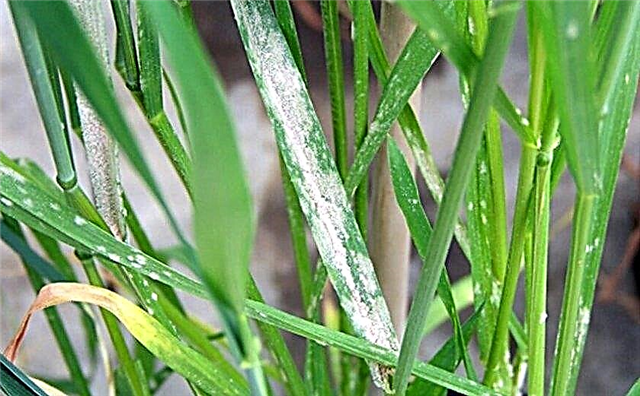
- dwarf rust - the leaves are covered with small light yellow pustules, there is a slowdown in the processes of photosynthesis, drying of the stem and deterioration of grain quality;

- striped helminthosporiasis - the main sign of infection are dark brown stripes and oval gray-white spots on the leaves, leading to the drying of the whole plant;

- barley fly - its larvae gnaw through the passages in the stem, feed on the flesh of young leaves, causing yellowing and drying of the ground part of the plant;
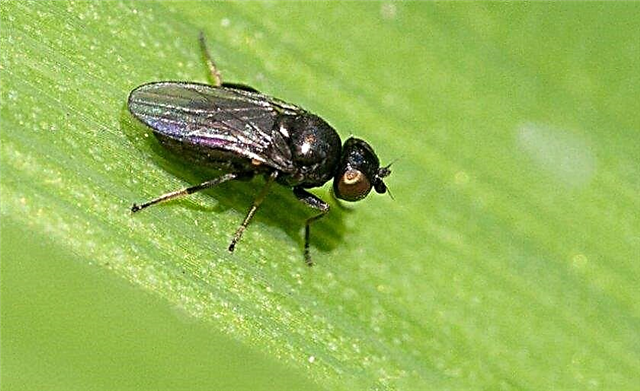
- cereal aphid - insects suck out the juice from the young upper leaves, causing the appearance on the last bleached spots of various sizes, and also lead to yellowing and wilting of the stem;
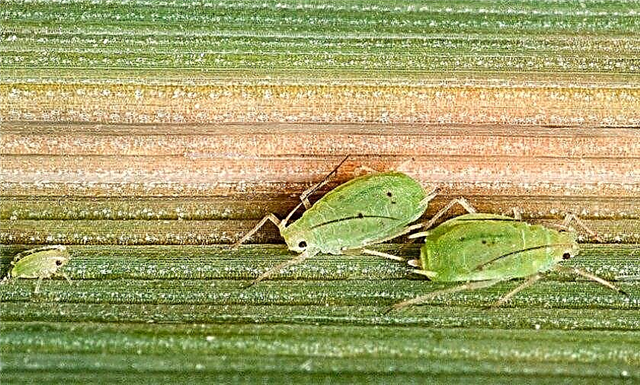
- thrips - the pest causes damage to the ears, sucking out the juice from them and causing the drying of the upper part of the plant, and the grains do not ripen, becoming punctured.

For the treatment of these diseases, fungicides are used: Impact, Derozal, Amistar Extra. Against insects, it is most effective to use insecticides: "Karate", "Decis", "Fozalon".
The main preventive measures that help to avoid these problems include:
- crop rotation compliance;
- weed control;
- enrichment of the soil with nutrients;
- compliance with the timing of planting crops.
Harvesting and storage rules
Crops of Vakul barley ripen almost simultaneously, so it is recommended to harvest grain using a combine. In order to avoid crop losses associated with rashing the contents of the ears on the ground, it is necessary to correctly select the timing for such a procedure.
The maturation of barley is evidenced by such signs:
- grain moisture is not more than 18%;
- the seeds turn yellow and crack slightly when cracked;
- the grain is easily separated from the ear (but does not crumble);
- stems acquire a dirty gray color;
- the top of the plant breaks off easily.
If the crop ripens unevenly, then apply a two-phase (separate) method of harvesting grain. At the same time, barley of 50% wax ripeness is placed in rolls, dried for 4-5 days, and then harvested using a combine and threshed.Important! The moisture content of the grain during storage should be no more than 15%. Otherwise, harmful microorganisms begin to multiply in it, causing damage to the product.
The collected grain is separated from all impurities and stored in bulk or in bags made of coarse, durable fabric. The crop is placed in well-ventilated rooms with an air temperature of not more than + 10 ° C and a humidity of about 95%.
Pros and cons of the variety
Many farmers in Ukraine and Russia already grow Vakula barley, noting the many positive qualities of this crop.
- The main advantages of the variety:
- high productivity;
- unpretentiousness to climatic features of the region;
- drought tolerance;
- the possibility of growing on different types of soils;
- persistent immunity to disease;
- good germination of seeds;
- resistance to lodging;
- excellent commodity characteristics of grain.
- The disadvantages of the plant are much less:
- increased bushiness - can lead to excessive thickening of crops;
- exactingness to the high content of nutrients in the soil.







